Holyoke High School Linked Learning Academies to Launch For Next Year
As Holyoke High gears up for some big changes, the four teachers leading the work share their perspectives on the Linked Learning Academies.
Next year, Holyoke High School will be launching it’s new “Linked Learning Academies” for tenth grade students. The Academy model offers students more of a chance to study topics that interest them, as well as connecting those topics to both career sectors and the academics of high school.
The four academies are Performing and Media Arts, Medical and Life Sciences, Community and Global Studies, and Technology, Engineering, and Design. Once a student selects into an academy, they will take 1-2 additional courses in their academy theme. These courses will be “linked” to a core academic class. Students in the Medical and Life Sciences academy, for example, might complete a project in their Biology course that draws on the knowledge they gained in their Medical academy course. While students will still be completing the requirements for graduation (English, Math, Science, History, etc), the academy courses will give students a chance to apply and deepen their learning.
“This designed academy model is by definition what a twenty-first century education is meant to be,” says Mr. Belanger, Holyoke High Math teacher and design lead for the Medical and Life Sciences Academy. “If I were a student, I would want to be in Holyoke during this time.”

The development of all four academies has been driven by Holyoke teachers: Jake Belanger, HHS English teacher Meghan Harrison leading the development of the Community and Global Studies, Dean Teach Engineering teacher Marcus Holt leading the development of Technology, Engineering, and Design, and HHS English teacher Mr. Courchesne leading the Performing and Media Arts Academy.
A More Meaningful Senior Year
While the academy will span from grades 10-12, the culmination of a student’s experience in the Linked Learning academies during senior year will be a capstone project around both the academy theme and a topic that the student has become interested in. These projects will demonstrate learning, be presented to the public, and be a way for a student to show mastery of important skills like communicating, team-work, and critical thinking.
“My goal for this academy model is for students to have a much more meaningful senior year,” said Mr. Courchesne. “Working on a capstone project that demonstrates deep learning sounds much better to me than disengaged seniors trudging through classes they only needed to fill their schedule.”
Alternatively, instead of a capstone project, students could elect to spend time at a job site for an internship related to their academy theme. The academy leads want to stress that Linked Learning academies are not meant to be job training, however. While the academy themes could spark student interest that eventually leads down a path to a career, that is not the goal.
“On the north campus students will begin their exposure to the professional world to help them build professional behaviors, show off their learning, and spark an interest in life long pursuits – but not to train for a job,” says Mr. Holt. “There are very focused career training offered at HHS South (the former Dean) for those who want to be master crafts people.”
Responding to some parent concerns about having a fifteen-year-old freshman have to choose their eventual career through this model, the academy leads say this that the academy is not meant to be a final destination for a student’s life trajectory.
“Just because you’re a carpenter, doesn’t mean you can’t be a poet,” says Mr. Holt. “A student can pursue something [within an academy] that is interesting to them or something that they want a job career in when they are older.”
Work-Based Learning and Early College Exploration

In the spirit of making authentic connections between school and the outside world, the academy leads have decided to incorporate what they refer to as “Work Based Learning” into the academy structure. Students will be exposed to a variety of experiences including guest speakers, job shadow events, and potentially even internships that align to their academy theme.
“Work based learning, and all that term encompasses, is a core tenant of the academy model,” says Mr. Belanger. “We really want to link academies and the professional world in a way that makes sense for students.”
The academies are also partnering with local colleges to make college exploration is a big part of a student’s academy experience. AP Courses, Duel Enrollment courses, and the potential of an Early College pathway all exist within all four academies.
The Four Academies
Each academy will have “concentrations,” or specialized topics within the broader theme, that will allow the student to really focus on his or her passion – similar to a college major.
Academy 1: Technology, Engineering, and Design
The Technology, Engineering, and Design (or TED) Academy will offer two concentrations: information technology and engineering. This is an academy for students who want to hone their ability to think like an engineer: how do I approach problems by breaking them down into their specific parts and how do I design something to be as effective and helpful as possible? Courses in this academy include engineering, robotics, 3D modeling, and computer programming.
“Working with engineering and programming is not a profession, it is a way of thinking,” says Mr. Holt. “We approach challenges as design problems that we can create a system or tool to help us solve.”
To help broaden student experiences, the TED academy hopes to use partnerships with Holyoke Gas and Electric, Veritech IT, Savage Arms, CentiMark, and U.S Tsubaki.
After attending the TED academy, students might consider careers in the field of computer programming, network design, or civil engineering.
Academy 2: Community and Global Studies
Community and Global Studies Academy has two concentrations: ethnic studies and law and criminal justice. Students in this academy should be interested in making a difference in both their local community and the world, as they will learn about the systems, policies, and other factors that shape society. Courses in the academy include public policy, criminal justice, and ethnic studies.

“If you want to change the world through advocacy and public service, Community and Global Studies is the academy for you,” says Mrs. Harrison. “Community and Global studies has a lot of applications for your future: law enforcement, criminal justice, education, psychology, law, and the military – just to name a few.”
Community and Global studies will partner with the Gandara Youth Center, the offices of both Mayor Alex Morse and Representative Aaron Vega, and the Holyoke Police Department to help students explore these important topics.
Academy 3: Performing and Media Arts
The Performing and Media Arts Academy will offer two concentrations: media arts and performing arts. The main focus of this academy is communication: what is your message and how can you creatively and effectively convey that message to the world? Courses in the academy pathway will include Drama, Media Literacy, and Public Speaking.
“My academy is different because I think it appeals more to a creative person and someone who’s interested in becoming good with his or her communication skills,” says PMA Academy lead Joe Courchesne. “I’m hoping that the outcome of my academy is students who are creative thinkers, skilled communicators, and ready to thrive in a dynamic world.”
Courchesne is leaning on theater education company Enchanted Circle Theater and his own experience running The Herald to bring the program of study for his academy together. While there will be a place for students who want to focus on other artistic avenues (like music or drawing), those electives will be open to students from any academy.
Courchesne says that while there are some concrete job applications from his academy like journalist or actor, he’s confident that his academy’s theme will provide students with the chance to be successful in any field.
Academy 4: Medical and Life Sciences
With medicine being the largest job sector in this area, The Medical and Life Science Academy was created to give students exposure to both a high-interest and high-paying career path. Two concentrations exist in this pathway: medical science and environmental science. Students that are interesting in the medical fields or enjoy learning about the environment and how to protect and sustain the environment should consider MLS. Courses in the academy pathway include Environmental Science and Anatomy and Physiology.
“In my academy, you learn to both heal the human body as well the environment that surrounds you,” says Mr. Belanger. “If you want the background to explore those topics in depth, MLS is the academy for you.”
Mr. Belanger is hoping to partner with both the Holyoke Medical Center and Mass Wildlife to make that happen.
If the Medical and Life Science Academy peaks student interest, they might consider pursuing degrees to become nurses, dietitians, marine biologists, surgeons, therapists, oceanographers, hygienists, pediatricians, zoologists and countless other careers in the field of medicine and/or environmental sciences.
An Evolving Program

The academies will come to life slowly, a year at a time. Next year, sophomores will be the first group of students placed into academies. The academy experience will roll out one year at a time after that, with the class of 2020 being the first group to have completely gone through them.
“It will be a slow and evolving process,” says Mr. Holt. He hopes students will give constructive criticism and supportive feedback, taking into consideration what is best for all students and families.
As the years progress, the academy leads also hope to align the experience between students in Career and Technical Education shops at Holyoke High South with students who are in Linked Learning academies at Holyoke High North. In the TED Academy in particular there is a lot of room for students enrolled at TED at the North campus and students enrolled in TED at the South Campus (who would be receiving training to become master craftspeople) to work together.
This year, students in the Ninth Grade Academy have been prepped to choose an academy through a combination of lessons in their core classes and activities in their advisories like career cruising. Students will be selecting academies by February 9, with all four academy leads planning to council and workshop with students are still on the fence or unsure.
Students who have realized they picked the “wrong” academy for them will have a chance to switch at the end of their sophomore year.
The academy leads also want to make themselves available to the public who may have questions. They advise parents to reach either to them directly via e-mail academy-design-leads@hps.holyoke.ma.us or to reach out to the principals of Holyoke’s middle schools to see when they will be presenting at your student’s middle school.
Mr. Courchesne, while excited about the prospect of this new idea, admits he understands many of the concerns he has heard.
“It’s Holyoke High School,” says Courchesne with a smile. “Once a Knight always a Knight. Bleed Purple. And now we say we’re going to be messing with it and that’s scary. I get it!” Courchesne has not only taught at HHS for six years, but graduated from HHS in 2003.
Still, he maintains that this is going to be a positive new change.

“I think all students, from those who are currently disengaged because they are struggling or those who are already succeeding academically, are going to benefit from this,” says Courchesne. “I wouldn’t support something that I thought was ‘lowering the bar’ or was going to put Holyoke students at a disadvantage.”
The new Holyoke High School principal, Dr. Stephen Mahoney, is excited to be coming on board to lead this change.
“I am really excited to come to Holyoke to work with some terrific teachers and students, to build on strong tradition, and to put into place what I feel is a really magnificent opportunity to really redefine high school,” says Mahoney.
For questions or comments about the Linked Learning Academies, reach out to either The Herald or the academy leads directly at academy-design-leads@hps.holyoke.ma.us




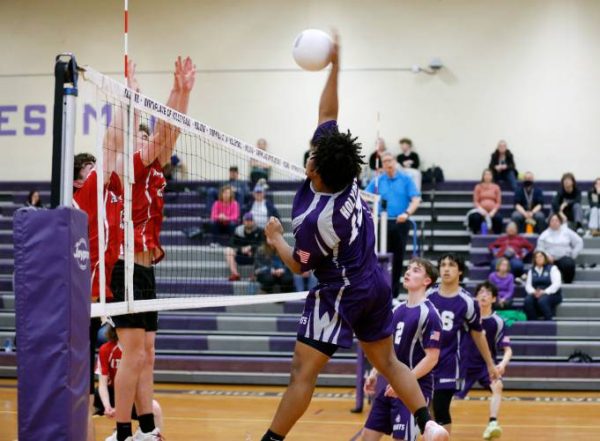
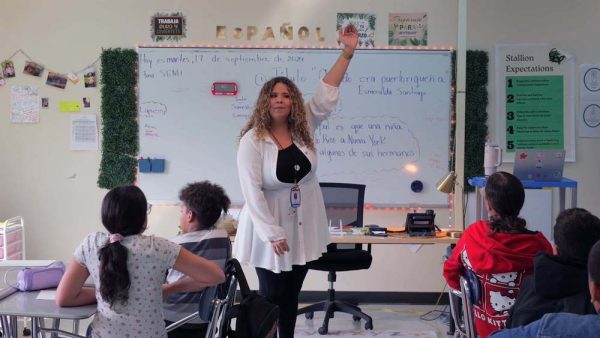

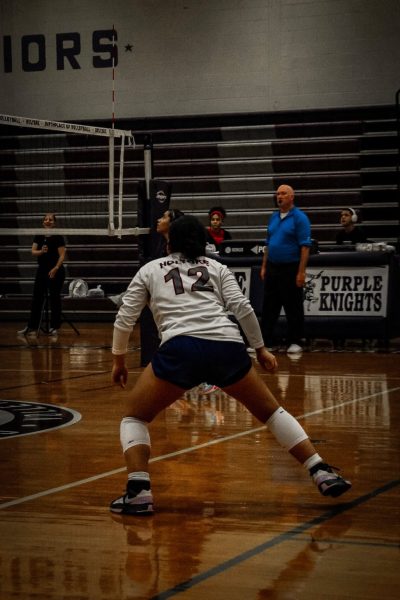
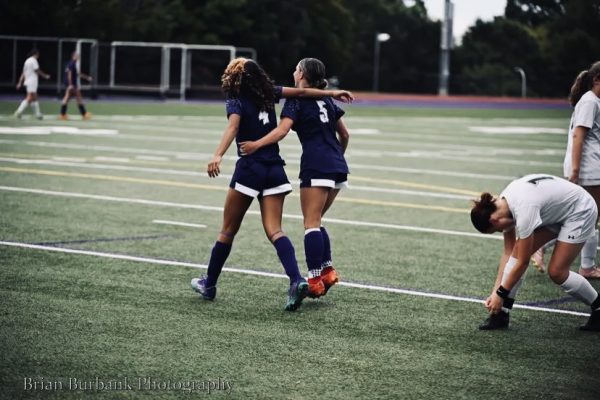



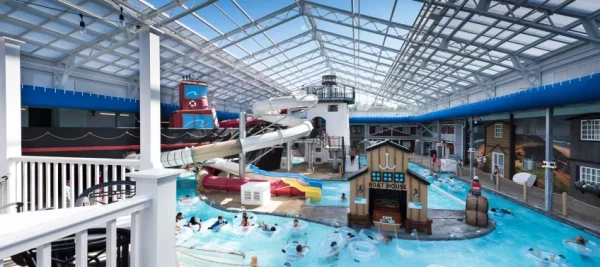
Erin Linville • Jan 26, 2018 at 10:19 am
Fantastic article – very informative. This is a helpful resource for students, families and teachers.
stephen mahoney • Jan 15, 2018 at 8:21 am
Well done! Your article presents a ton of information in a way that is easy to follow and generous in its optimism. I was most impressed by how accurately you portrayed the leading voices of teachers in the creation of our new academies and school design.